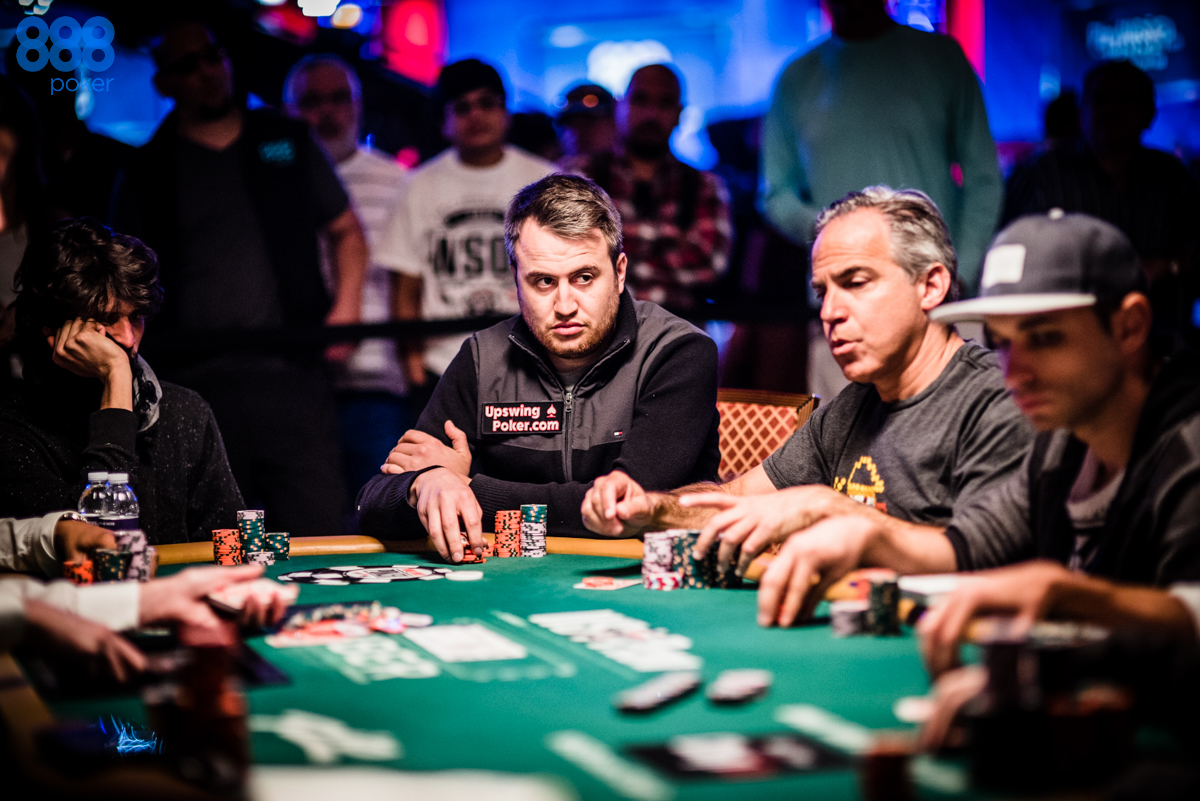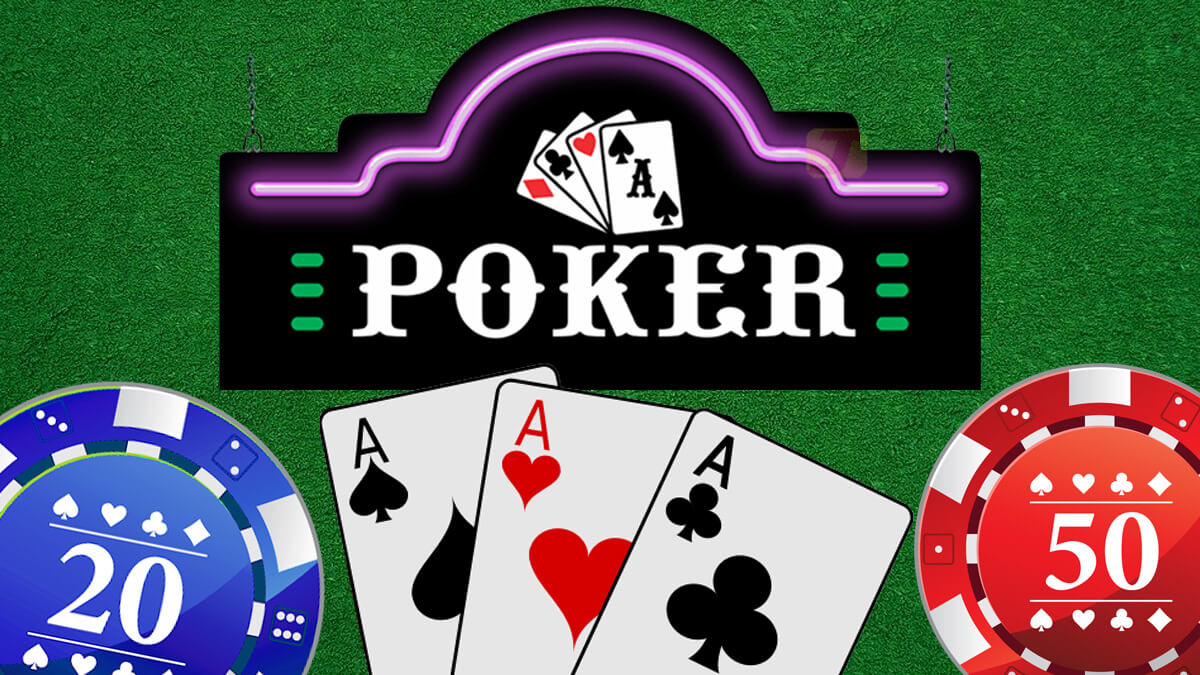Understanding poker tournament structures is integral to successful tournament play. They set the pace and impact strategic decisions at various points throughout a tournament’s lifespan – ultimately impacting its results and ultimately, its outcome.
Slow structures tend to foster more conservative styles while fast ones encourage an aggressive approach.
Rules
Poker tournament formats enumerate factors like starting chip stacks, blind levels, and payout structures which players need to know in order to formulate appropriate strategies for each tournament – for instance a freezeout tournament requires different strategies than rebuy events. Also crucial in poker tournaments is an ante, which increases pot size while forcing aggressive behavior among participants.
Blind levels influence how quickly the game unfolds, altering strategy accordingly. A tournament featuring regular blind increases will take longer to play out than one featuring turbo structures; break times also influence gameplay – it is essential that rest etiquette be observed and any distractions avoided in order to maintain focus during gameplay.
The Poker-All-In Payout Structure is the method by which winning players receive a share of the prize pool. There are two kinds of payout structures: winner-takes-all models and tiered models.
Buy-ins
The buy-in is an integral component of tournament poker, determining how many chips each player begins with and what prize pool awaits if they reach the final table. Furthermore, it sets limits for the event as a whole as well as when its conclusion will occur.
Another critical factor of tournament structures is how quickly blinds increase. A faster structure requires greater skill to navigate effectively while an aggressive style will likely find greater appeal within it.
Another way of estimating how long a tournament will last is by estimating its number of participants and their rebuy/add-on percentages. This method can help with bankroll management as it will show when to play aggressively; however, this approach cannot always be relied upon due to outside influences that could impact it.
Limits
Though poker tournaments offer many advantages, they can also be complex and stressful environments. A strong understanding of the limits of the game is key for maximising success while minimising frustration.
Understanding tournament limits can help players form accurate expectations about their chances of winning large sums of money in an event, which may reduce disappointment and financial loss.
As part of tournament poker, understanding the elimination procedure and disqualification rules are critical in order to avoid penalties and maintain an equitable gaming environment. Also essential is understanding the role and authority of tournament directors when it comes to resolving player disputes; break strategies and rest etiquette must also be utilized effectively for competitive edge purposes while knowing when blind increase timing occurs can make or break a player’s tournament performance.
Blinds
An intense poker tournament is no casual Sunday afternoon stroll; rather, it resembles an adrenaline-fuelled chase on an autobahn. Escalating blinds and antes add intensity and momentum as one player after another vies to win all available chips in play.
An effective blind structure should include gradual increases between each level. This allows players to easily adjust their strategy and build up large stacks at their own pace while also guaranteeing that the tournament will end within a reasonable timeline.
An essential element to keep in mind when planning a tournament is the ratio between starting chips and big blind, which determines its duration and how many hands will be played in total. A higher ratio suggests longer tournaments while lower ratios signal shorter events.
Payouts
A tournament’s payout structure determines how much the winner receives, how many places pay out and how much each player gets in pay outs based on factors like its size, type and allowable rebuys or add-ons.
Blind structures of tournaments also play an integral role in how they progress; regular tournaments will raise blinds and antes gradually over longer levels while turbo tournaments increase them more rapidly. Furthermore, starting chip amounts may also have an effect on player play styles.
Players with deeper stacks tend to play more aggressively, while those with shorter stacks might take a more cautious approach. Selecting an effective strategy is vitally important since the tournament director will monitor compliance with rules and payout structures.





